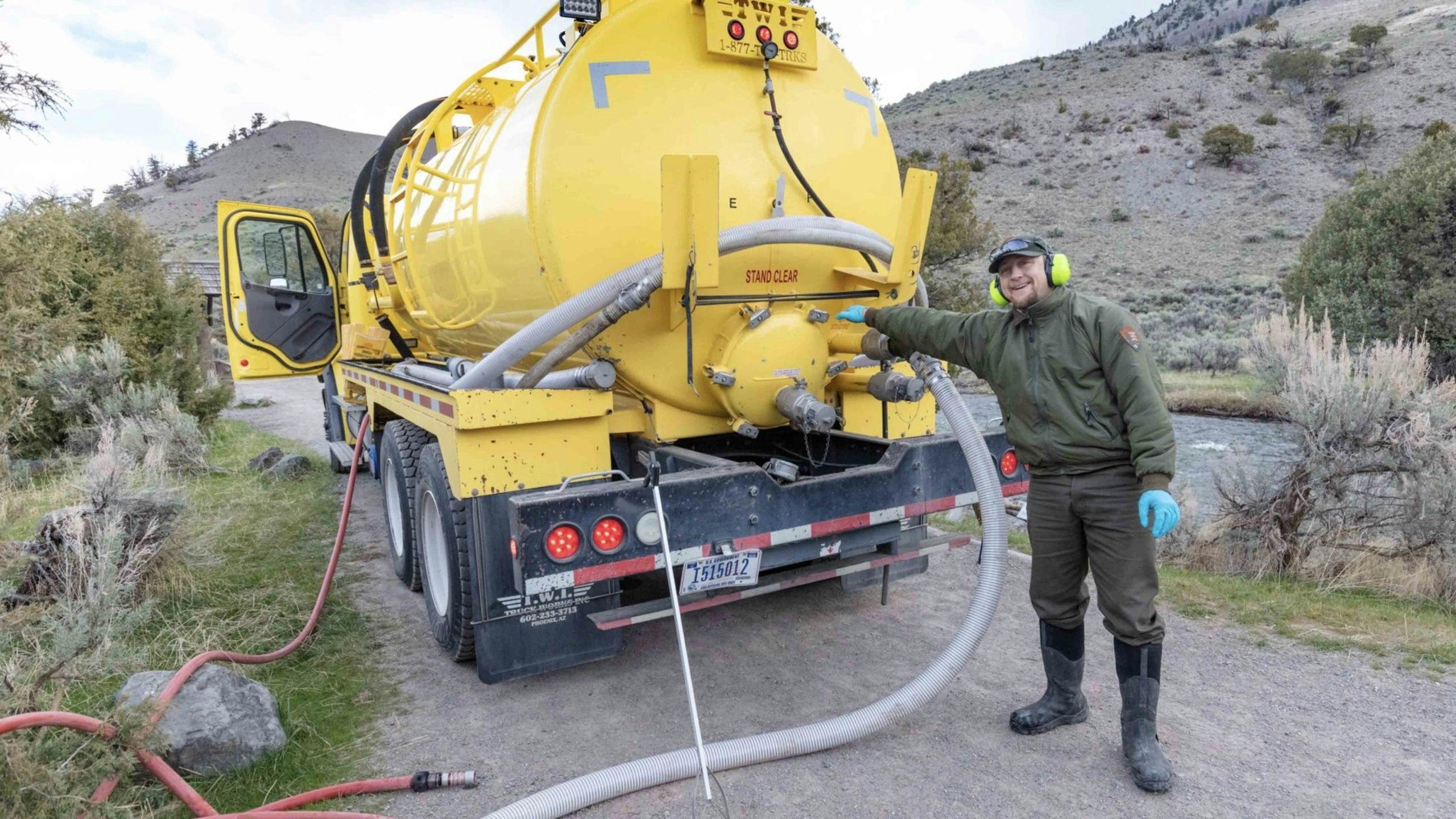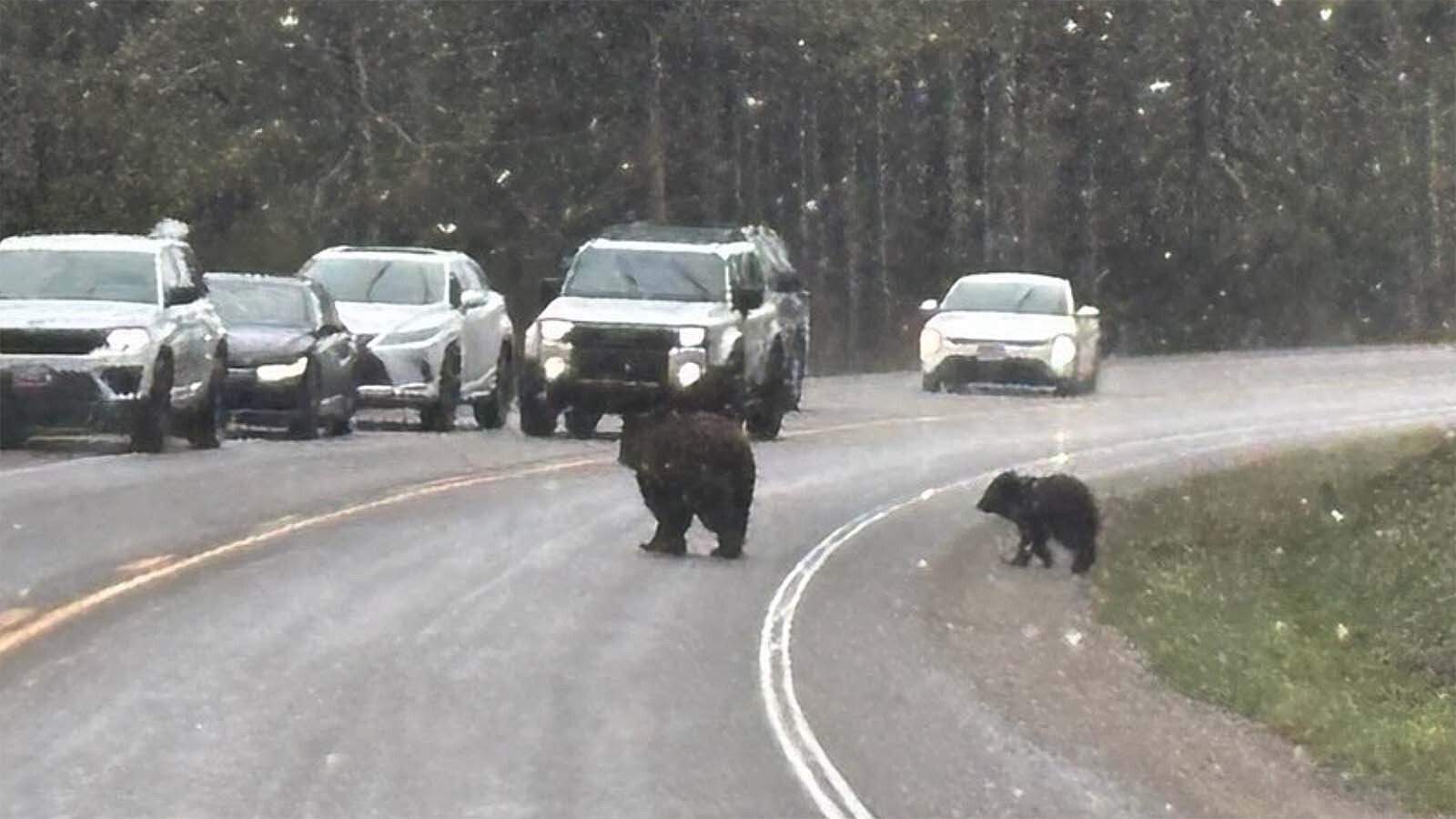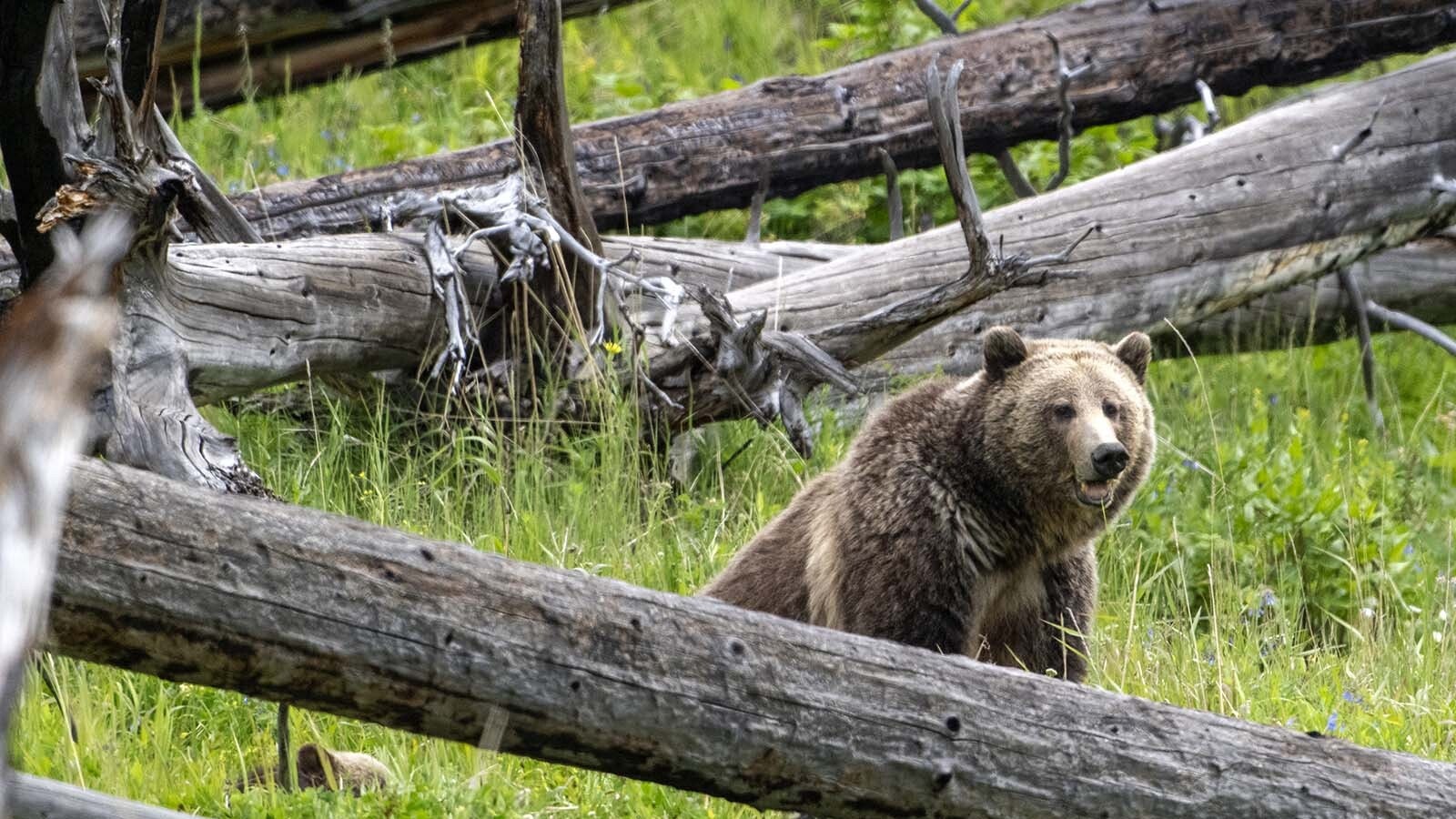High visitor numbers at Yellowstone National Park don’t pose a problem for the park’s natural resources, according to Superintendent Cam Sholly.
But if certain infrastructure and staffing needs aren’t met, those nearly 5 million people visiting the park each year may have trouble finding a working toilet, Sholly told Cowboy State Daily.
At Cody’s annual “Parks Day” event, when superintendents from area parks and leaders of state agencies converge in Cody, Sholly and Grand Teton National Park Superintendent Chip Jenkins told local business people and community leaders that increased visitation isn’t their biggest concern.
“This notion that you see in the press many times about visitors overrunning the parks is not happening in a large part in Yellowstone,” Sholly said. “Most of that park never sees a visitor. Of Yellowstone’s 2.2 million acres, 1,750 acres are roads, parking lots and pull outs… Our numbers show that upwards of 90% (of visitors) never get more than a half-mile away from their cars.”
Sholly acknowledged that there is a significant issue with visitation at certain times of the year in certain places in the park, but those pressures would not result in a “cap” on visitation to Yellowstone.
“We’ve really embarked on a very aggressive monitoring program to articulate and be able to determine what the actual impacts to Yellowstone resources are, that are correlated to visitation,” Sholly said.
“There’ll be some areas of the park in the future years where you won’t just be able to show up whenever you want. You’re going to have to do a little bit better trip planning,” he said. “That’ll come together, that’s not imminent, but that is something that we’re thinking about at Midway Geyser Basin, Grand Canyon of the Yellowstone, Norris, Old Faithful.”
“We’re not going to surprise you and say ‘Hey, guess what, next year there’s going to be a reservation system in Yellowstone,’” Sholly continued. “We’ll have plenty of time to look at options and figure out what’s happening.”
Affecting Infrastructure
Rather than harming the natural resources of the Park, Sholly said, the increasing numbers of visitors each year is instead affecting the infrastructure of the developed areas.
“The impacts of having a million more people flushing the toilet five times a day on your wastewater treatment facilities – that’s a big impact,” he said. “Especially when your wastewater treatment facilities, and we’ve got 10 of them, are already over capacity. The impacts of cleaning, you know, 700 bathrooms four times a day instead of two, or emptying 2,500 garbage cans three times a day instead of one.
“Guess what that takes?” Sholly asked. “That takes people.”
In 2019, Tony Aiuppa, Engineer Equipment Operator, traveled 18,000 miles within the park and pumped 330,000 gallons of human waste.
“Some would say it’s the most important job in Yellowstone. Well, if it’s not number one, it’s definitely number two,” Aiuppa said.
Securing Housing
But Sholly said the staffing concerns don’t center around hiring enough qualified people. Instead, it’s securing housing for the increased number of staff required to serve the higher number of visitors.
“If you just take Mammoth (Hot Springs) as an example, we have 100 employees in Mammoth that live in Gardiner (Montana, the closest community), and they bought their houses in the 1990s, early 2000s, when it was affordable,” Sholly explained. “And 60 of those 100 are going to retire in the next 12 months. So, when you go to replace those 60 positions, where are they going to live?
“The cheapest house in Gardiner is like $699,000 for 1,171 square feet,” he noted. “And then every rental is an Airbnb or VRBO.”
Sholly noted that he has heard criticism about how as superintendent he is too focused on the park’s infrastructure. But he defended his position.
“Where do you think a wildlife biologist is going to live?” he asked. “Or a scientist, or whatever, the bathroom cleaner? They can’t afford $699,000. I mean, there’s no rentals, and if there were rentals, they’d run $3,000 plus a month.”
Need More Housing
Jenkins noted that administrators at Grand Teton National Park are also putting a tremendous effort into making sure staff there have proper housing.
“At Grand Teton, we have 85% of our entire workforce housed in government housing,” he said. “We all pay rent, and that rent goes back into maintaining our facilities, but we project that within six years it will probably be up to 95%.”
Jenkins noted that a recent budget request to Congress would earmark almost $8 million for housing across the entire National Park Service.
“A significant portion of that would actually come to Grand Teton to help us construct new housing, as well as adaptively reuse historic buildings that are not currently being used,” Jenkins said. “We would rehab those and turn those into housing for employees, so that we could support people coming to the park.”
Sholly noted that his focus is on improving the condition of existing housing, and increasing the amount of housing available to Yellowstone staff.
“There’s a direct correlation between high-quality housing and performance,” he said. “We’ve put about $7 million in three years into improving housing in Yellowstone, but that’s just improving the existing inventory of housing that we have. That does not address the issue (of increased housing).”





